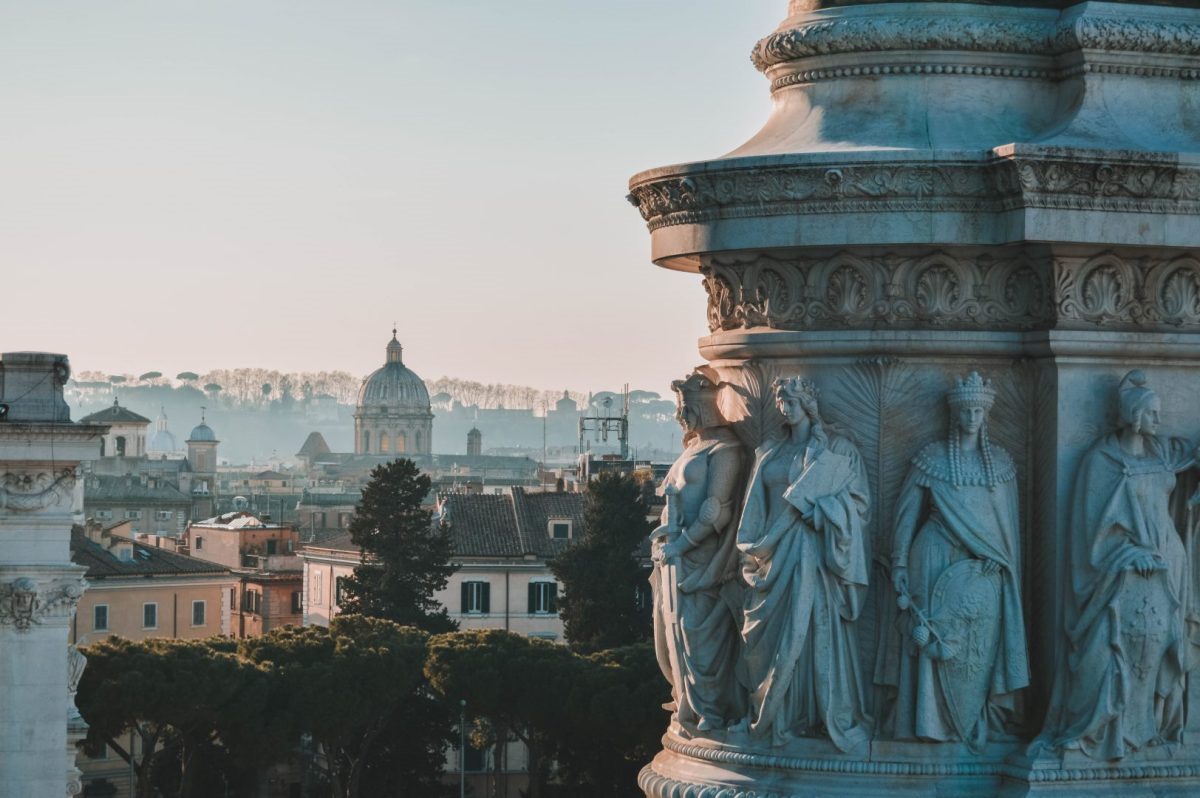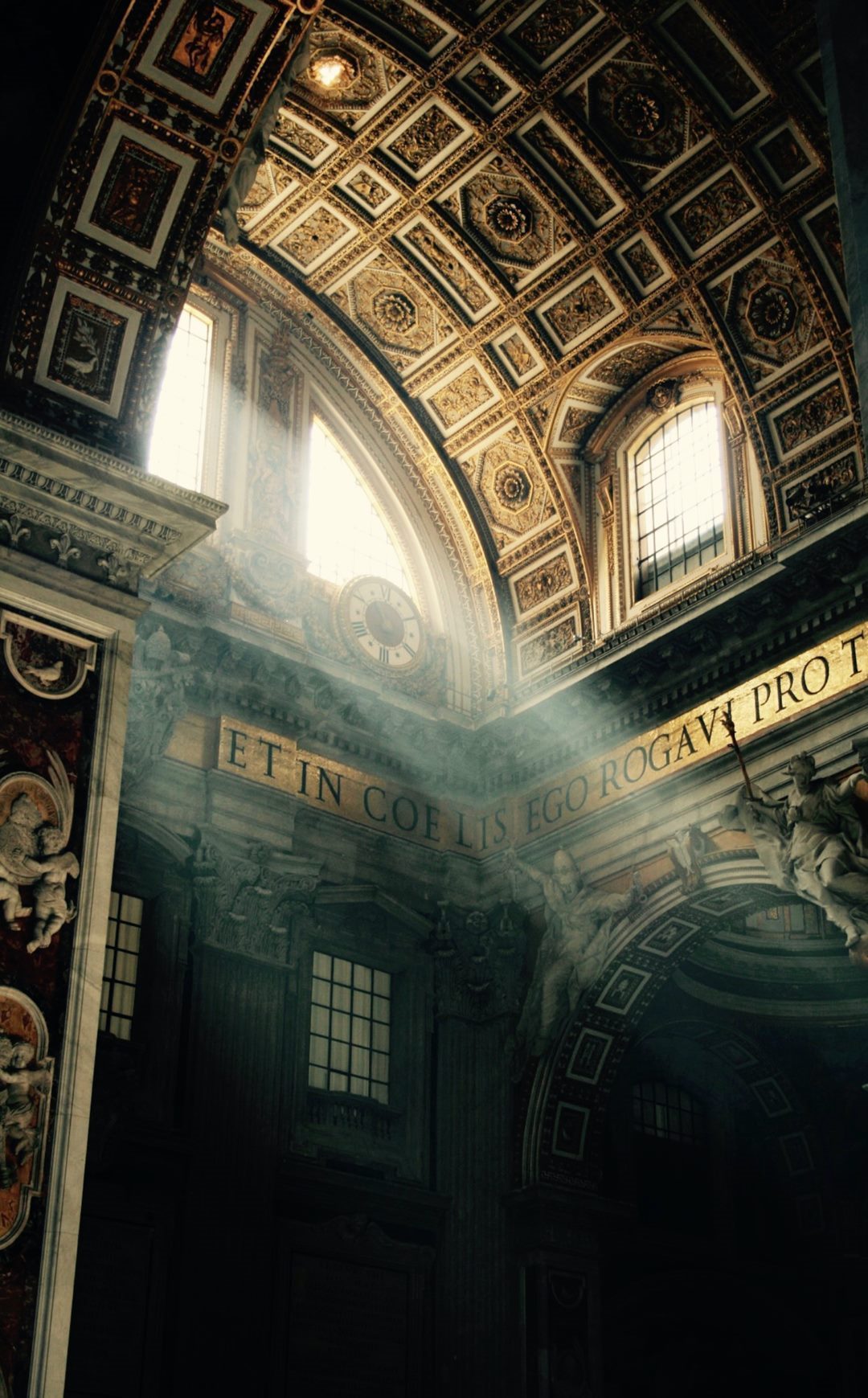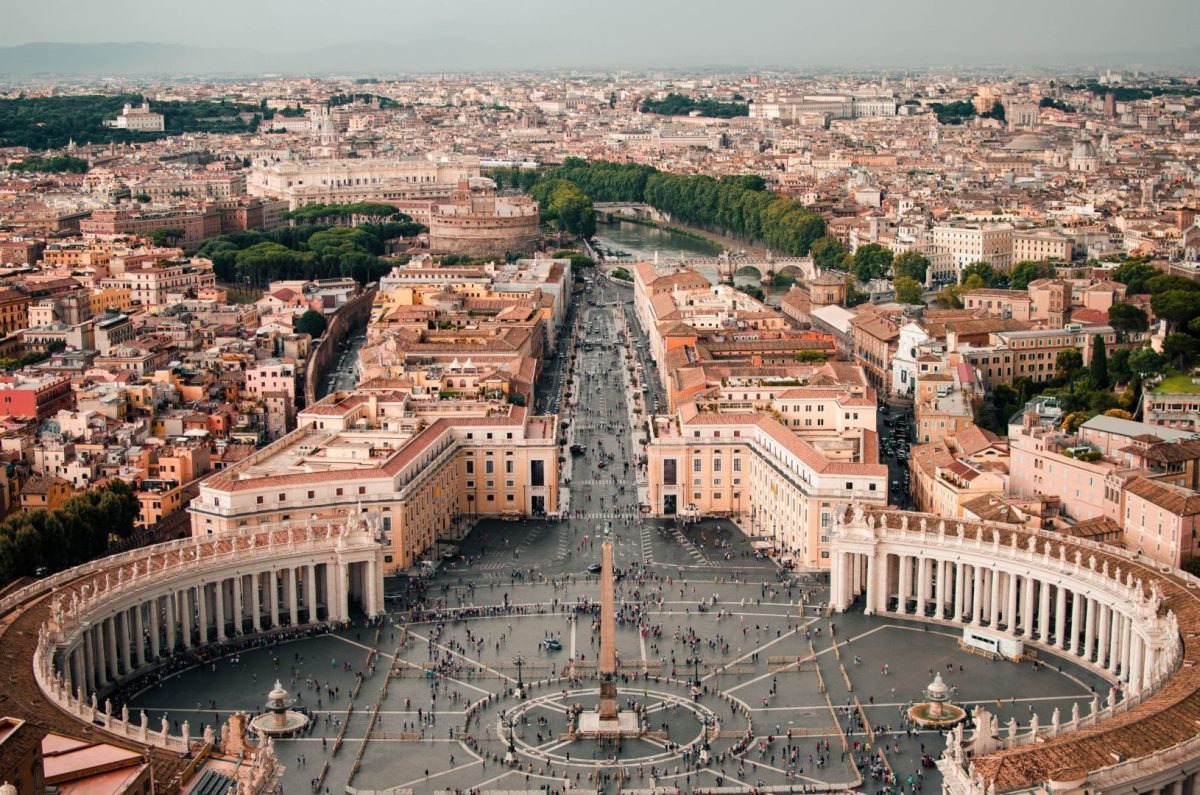Caravaggio in Rome Tour: An Ultimate Guide
If you’re a lover of art, then you’ve undoubtedly heard of Caravaggio, the renowned Italian painter of the Baroque era. His work continues to inspire artists even today, centuries after his death. If you’re visiting Rome, then you’re in luck because it’s the city, he called home, and you can take a tour to see his masterpieces in the original churches where they were commissioned. In this article, we’ll guide you through everything you need to know about the Caravaggio in Rome Tour.Tour Experience
The Caravaggio in Rome Tour is a 3-hour stroll through the district of Rome where Michelangelo Merisi da Caravaggio lived and worked. The tour takes you to some of the most beautiful masterpieces in the original churches where they were commissioned. On the tour, you’ll discover the stories, anecdotes, and the outstanding technical skills that have kept his name known across the world for over 400 years.Tour Highlights
The Caravaggio in Rome Tour is an art lover’s dream come true! Here are some of the highlights you can expect to see on the tour:Admire the Santa Maria del Popolo: Saint Paul’s Conversion and the Crucifixion of Saint Peter
The Santa Maria del Popolo is the church where Caravaggio made his Roman debut with one of his most famous masterpieces: The Crucifixion of Saint Peter. The painting depicts the moment of the saint’s martyrdom with stunning realism. Not far from that, you can find Saint Paul’s Conversion, another Caravaggio’s masterpiece. The painting captures the moment when Saint Paul fell off his horse and was blinded, waiting for his conversion.Study the form of the Sant’Agostino The Madonna of Pilgrims
The Sant’Agostino is home to one of Caravaggio’s famous works: The Madonna of Pilgrims. The painting has a unique composition and was one of the first artistic innovations of the painter, known as chiaroscuro. It’s a technique of light and shadow that creates extraordinary contrasts which draw the viewer’s eye.Witness the San Luigi dei Francesi
San Luigi dei Francesi is one of the few French churches in Rome, and it’s where you can find three of Caravaggio’s famous works. The paintings illustrate the stories of Saint Matthew, and they were the first altarpieces ever painted by Caravaggio. Among them is The Calling of Saint Matthew, where Caravaggio shows the moment when Jesus invites Mathew to become his disciple.Tour Details
The Caravaggio in Rome Tour is an exceptional experience. The tour provides a knowledgeable guide who provides detailed explanations of each painting you see. The tours typically begin at 2:30 pm daily, and the meeting point is in front of the Santa Maria del Popolo church. It’s essential to book your tickets in advance to avoid any inconvenience. You can quickly book your tour online by clicking here.Book Your Tour Now
If you’re a lover of art and in Rome, then the Caravaggio in Rome Tour is an extraordinary experience. Not only do you get to see some of Caravaggio’s masterpieces in person, but you also get to hear the stories and anecdotes behind them. The knowledgeable guide will lead you through the district that inspired some of the greatest artistic productions of the Baroque period. Ensure you don’t miss out on this experience by booking your tickets in advance online. We hope that this guide has been informative and helpful for planning your Caravaggio in Rome Tour.
Rome Travel FAQs
If you are planning a trip to Rome, you might have some questions about the city. To help you out, we’ve put together a list of frequently asked questions about Rome. From accommodations to transportation, we’ve got you covered.1. What is the best time to visit Rome?
Rome is a popular destination year-round, but the best time to visit is in the spring (from April to June) or in the fall (from September to November). During these months, the weather is mild, and there are fewer crowds. Summer can be hot and crowded, while winter can be chilly and rainy.2. What are the must-see attractions in Rome?
Rome is home to numerous famous attractions that should be on your must-see list. These include:- The Colosseum
- The Pantheon
- The Vatican
- The Trevi Fountain
- The Spanish Steps
- The Roman Forum
- The Sistine Chapel
3. What is the best way to get around Rome?
The best way to get around Rome is on foot or by using public transportation. The city has an extensive network of buses, trams, and metro lines that can take you to all of the major attractions. Taxis are also available, but they can be expensive and the traffic in Rome can be chaotic.4. Where is the best place to stay in Rome?
The best place to stay in Rome depends on your budget and what you want to see and do. The most popular areas for tourists are the Colosseum area, the Vatican area, and the Spanish Steps area. These areas have plenty of hotels and restaurants, and they are close to many of the city’s attractions.5. What is the local currency in Rome?
The local currency in Rome is the Euro. Most places in the city, including restaurants, shops, and attractions, accept credit cards. However, it’s always good to carry some cash with you, especially if you plan on using public transportation or visiting smaller restaurants and shops.6. Do I need to speak Italian to visit Rome?
No, you don’t need to speak Italian to visit Rome. English is widely spoken in the city, especially in tourist areas. However, it’s always helpful to learn a few basic Italian phrases before you go, such as “ciao” (hello) and “grazie” (thank you).7. What is the food like in Rome?
The food in Rome is delicious and diverse, with plenty of options for meat lovers and vegetarians alike. Some must-try dishes include pizza al taglio (Roman-style pizza), cacio e pepe (pasta with cheese and black pepper), and supplì (deep-fried rice balls). Be sure to also try the gelato, which is some of the best in the world.8. Is Rome a safe city?
Rome is generally a safe city, but like any major tourist destination, it’s important to be aware of your surroundings and take basic precautions to avoid pickpockets and other petty crime. Avoid carrying large amounts of cash or wearing expensive jewelry, and keep your belongings close to you in crowded areas.9. Can I visit the Vatican City without a guide?
Yes, you can visit the Vatican City without a guide. However, hiring a guide can enhance your experience, as they can provide valuable information about the history and art of the Vatican. If you choose to visit on your own, be sure to book your tickets in advance to avoid the long lines.10. How much time do I need to explore Rome?
There is no set amount of time needed to explore Rome, as it depends on your interests and how much you want to see and do. However, most visitors spend at least three to four days in the city in order to see the major attractions and experience the local culture.Book Your Tour Now
Rome is a beautiful city with a rich history and culture. By following these FAQs, you can ensure that your trip to Rome is enjoyable and stress-free. Whether you’re interested in art, history, food, or just soaking up the local atmosphere, Rome has something for everyone.
How to Spend Your Time as a Tourist in Rome
Rome is a city with a rich and diverse history that spans over 2500 years. The city is home to some of the world’s most famous landmarks, art, and architecture. Visiting Rome as a tourist can be overwhelming, with so many attractions to choose from. This guide will help you organize your itinerary to get the most out of your trip to Rome. Here’s how you can spend your time as a tourist in Rome.Day 1:
1. The Colosseum
The Colosseum is the most iconic landmark in Rome and a must-visit for any tourist. This ancient amphitheater was built for gladiatorial contests and public spectacles. You can take a guided tour of the Colosseum, which will provide you with a detailed history of this magnificent structure.2. Roman Forum
The Roman Forum was the center of political and social life in ancient Rome. You can take a guided tour of the Roman Forum, which will provide you with a detailed history of this magnificent structure.3. Palatine Hill
Palatine Hill is one of the seven hills of Rome and was the legendary birthplace of Romulus and Remus, the founder of Rome. This hill overlooks the Roman Forum, and it’s an excellent place to have a panoramic view of the ancient city.Day 2:
1. Vatican City
Vatican City is the smallest country in the world, and it’s the center of the Roman Catholic Church. You can visit St. Peter’s Basilica, the Sistine Chapel, and the Vatican Museum. A guided tour will provide you with a detailed history of the Vatican, the Pope, and the Catholic Church.2. Castel Sant’Angelo
Castel Sant’Angelo is a fortress located near the Vatican. It was initially built as a mausoleum for the Roman Emperor Hadrian, but it was later used as a fortress and a prison. You can visit Castel Sant’Angelo and see the magnificent views of Rome from the top.3. Piazza Navona
Piazza Navona is one of the most beautiful squares in Rome. It’s famous for its three fountains and the Baroque architecture. You can sit at one of the many cafes around the square and enjoy the view.Day 3:
1. Trevi Fountain
The Trevi Fountain is the most famous fountain in Rome. It’s considered good luck to throw a coin into the fountain, with your right hand over your left shoulder. If you throw one coin, you’ll return to Rome. If you throw two coins, you’ll return to Rome, and you’ll fall in love. If you throw three coins, you’ll return to Rome, fall in love, and get married.2. Pantheon
The Pantheon is one of the best-preserved ancient Roman buildings in the city. This temple was built in honor of all the gods, and it has the largest unreinforced concrete dome in the world.3. Spanish Steps
The Spanish Steps are located between the Piazza di Spagna and the Piazza Trinità dei Monti. These steps are famous for their Baroque design and the magnificent view of Rome from the top.Day 4:
1. Trastevere
Trastevere is a charming neighborhood located on the west bank of the Tiber River. It’s known for its cobbled streets, colorful buildings, and excellent restaurants. You can spend your morning exploring the streets of Trastevere and have lunch at one of the traditional Roman restaurants.2. Campo de’ Fiori
Campo de’ Fiori is a famous market square located in the heart of Rome. It’s famous for its fresh produce, flowers, and spices. You can buy some souvenirs or enjoy a cup of coffee in one of the many cafes around the square.3. Testaccio
Testaccio is a lively residential neighborhood located south of the city center. It’s known for its excellent food, street art, and lively nightlife. You can have dinner at one of the many traditional Roman trattorias and enjoy the vibrant atmosphere of Testaccio.Book Your Tour Now
Rome is a city that has something for everyone. Whether you’re interested in history, art, architecture, food, or nightlife, Rome has it all. This guide provides you with a comprehensive itinerary for four days in Rome, but you can extend your visit if you have more time. Use this guide as a starting point to plan your trip to Rome and explore this beautiful city at your own pace.Table of Contents

